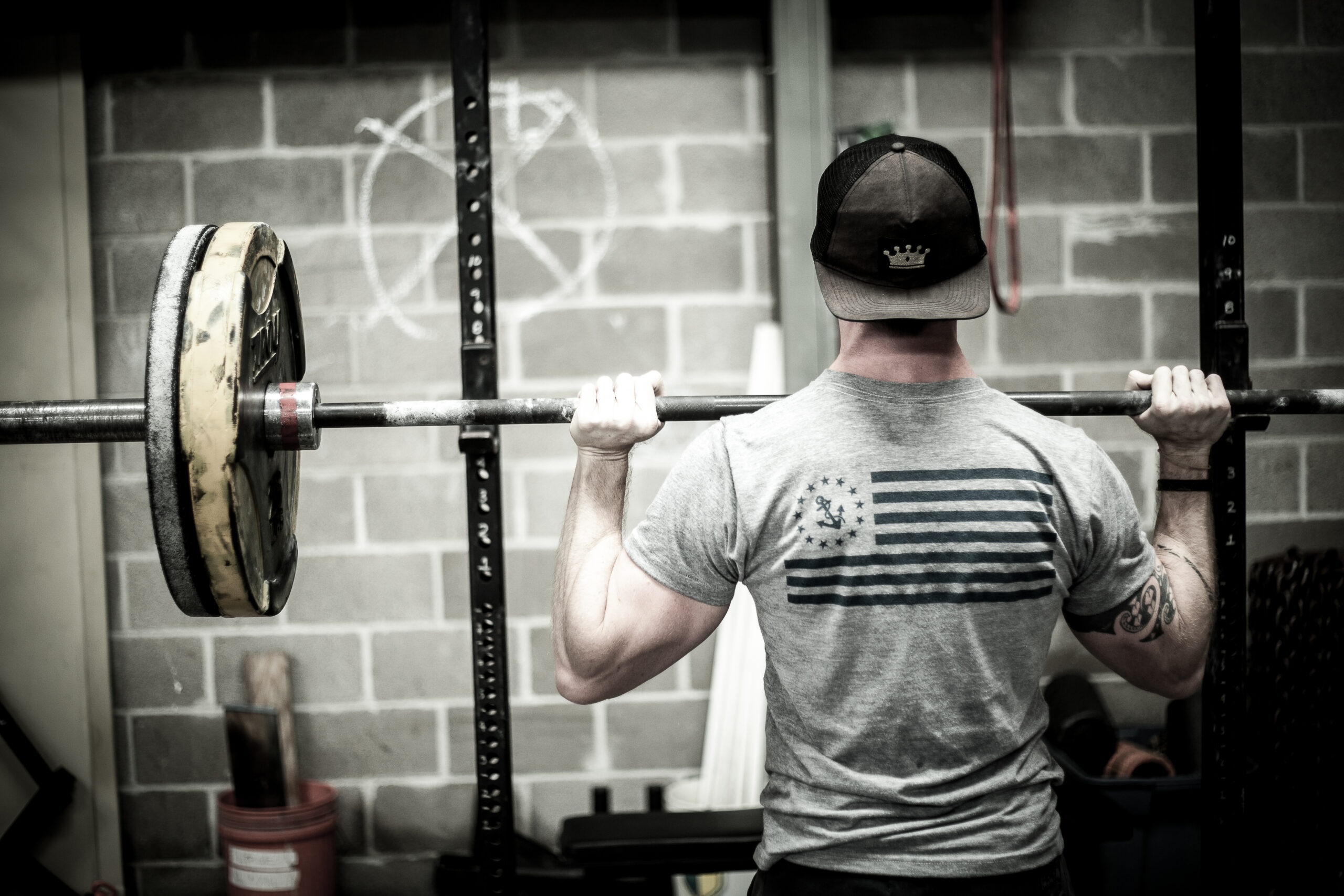Training Masks – Do They Work?
- Posted
- by Coach Jake
The Truth Behind The Masks
During our training escapades, I am sure most of us have witnessed someone running or exercising with one of these high altitude or elevation training masks. My hopes are, you yourself were not the one donning this embarrassing facial apparatus. Regardless, we’ve almost all encountered these masks in one way or t’other. We can all agree they look ridiculous but do they actually do anything to benefit your training.
My first encounter with high altitude training masks came during my time playing junior hockey. A sport which Jordan, a man who only participates in sports where the required uniforms are tights, mocks as not being a real sport.
I digress.
Before a game one night, a few of my teammates and I walked by the opposing team doing their pregame off-ice warm up. One of the players was doing high knees and wearing this ridiculous looking mask. We immediately began chirping him, calling him Darth Vader’s retarded cousin and dishing out some other choice words for him and his teammates. Regardless of how foolish this guy looked, I was curious to what exactly it was he was wearing.
At the time training masks were relatively new, so there wasn’t a lot of information on them besides the company’s own claims of “research and testing backed by science”. Fortunately now, more extensive research has been done on these masks and the results give us more accurate information on what they actually do.
The claims were that these masks were supposed to simulate training in a high altitude environment, which there are many benefits to.
The air pressure is lower at altitude which results in less oxygen.
When training at high altitude our bodies acclimate to the lack of oxygen by producing extra red blood cells and forcing other adaptations which improve the delivery of oxygen to muscles.
The advantages of this show when you return back to a lower altitude, closer to sea level, and are able to more efficiently use oxygen for energy and perform at a higher level.
So, wearing a mask while training to simulate this would be beneficial. The only issue is, these training masks do not do this.
There can be some benefits to these masks but simulating high altitude training is not one of them.
You would need to wear the mask constantly to really see the benefits, not just during your training sessions.
One study done by The International Journal of Exercise Science proved that just wearing them while training will not simulate any type of adaptations one would get from training in high altitude.
“The biggest limitation during this study would be the total amount of exposure to the Elevation Training Mask during the training period. The participants that wore the mask only did so for one hour a day for three days. Due to the amount of time required for adaptive responses to occur, wearing the ETM for three hours each week may be considered by most, insufficient.”
Now, training masks do restrict your breathing, which essentially make efforts more challenging and this can provide some aid to your training goals. However, you can achieve essentially the same results if you just breathe only through your nose and increase your intensity.
So, save your money.
You don’t need a mask.
You just need to work fucking harder.
– Coach Morris



